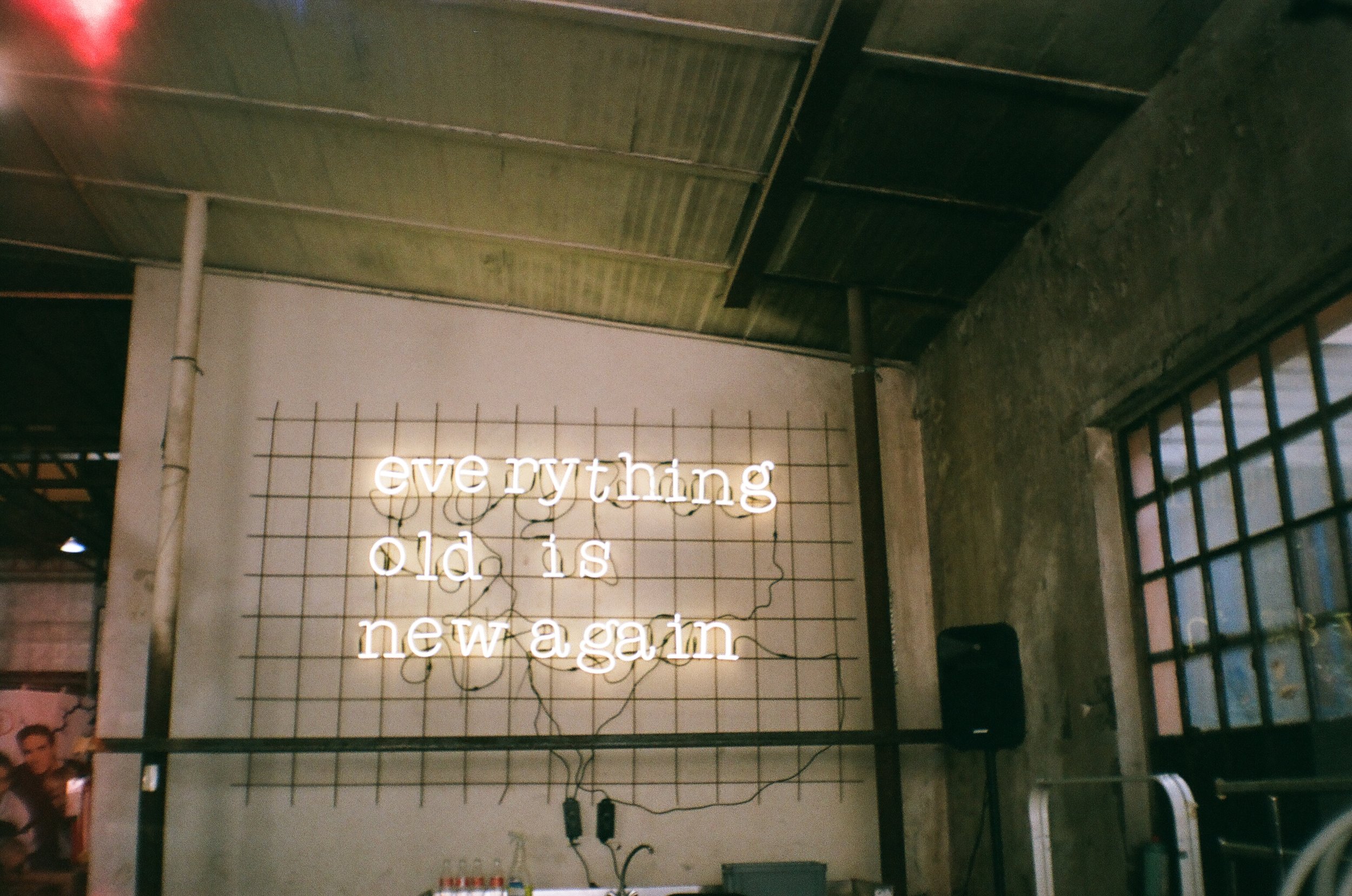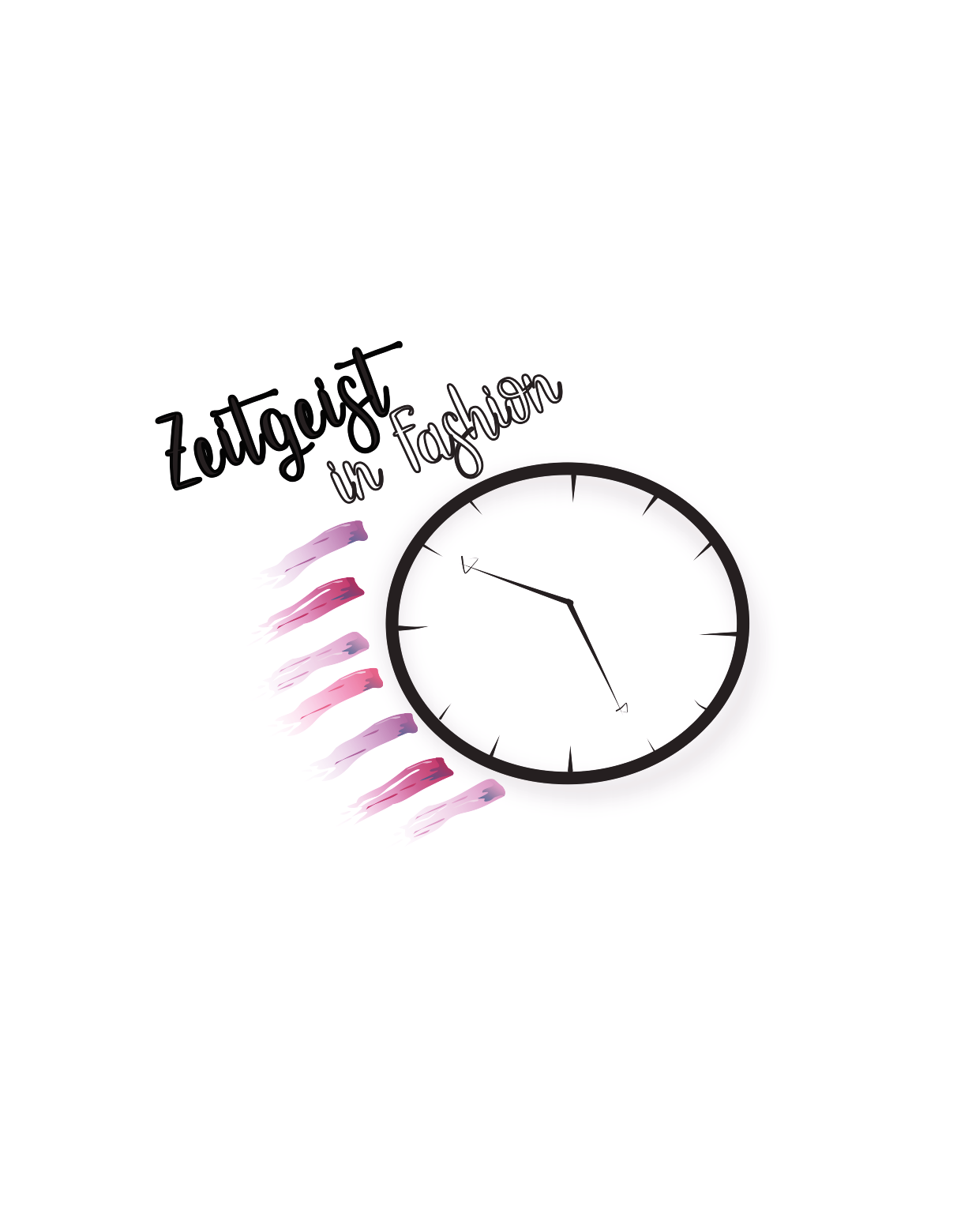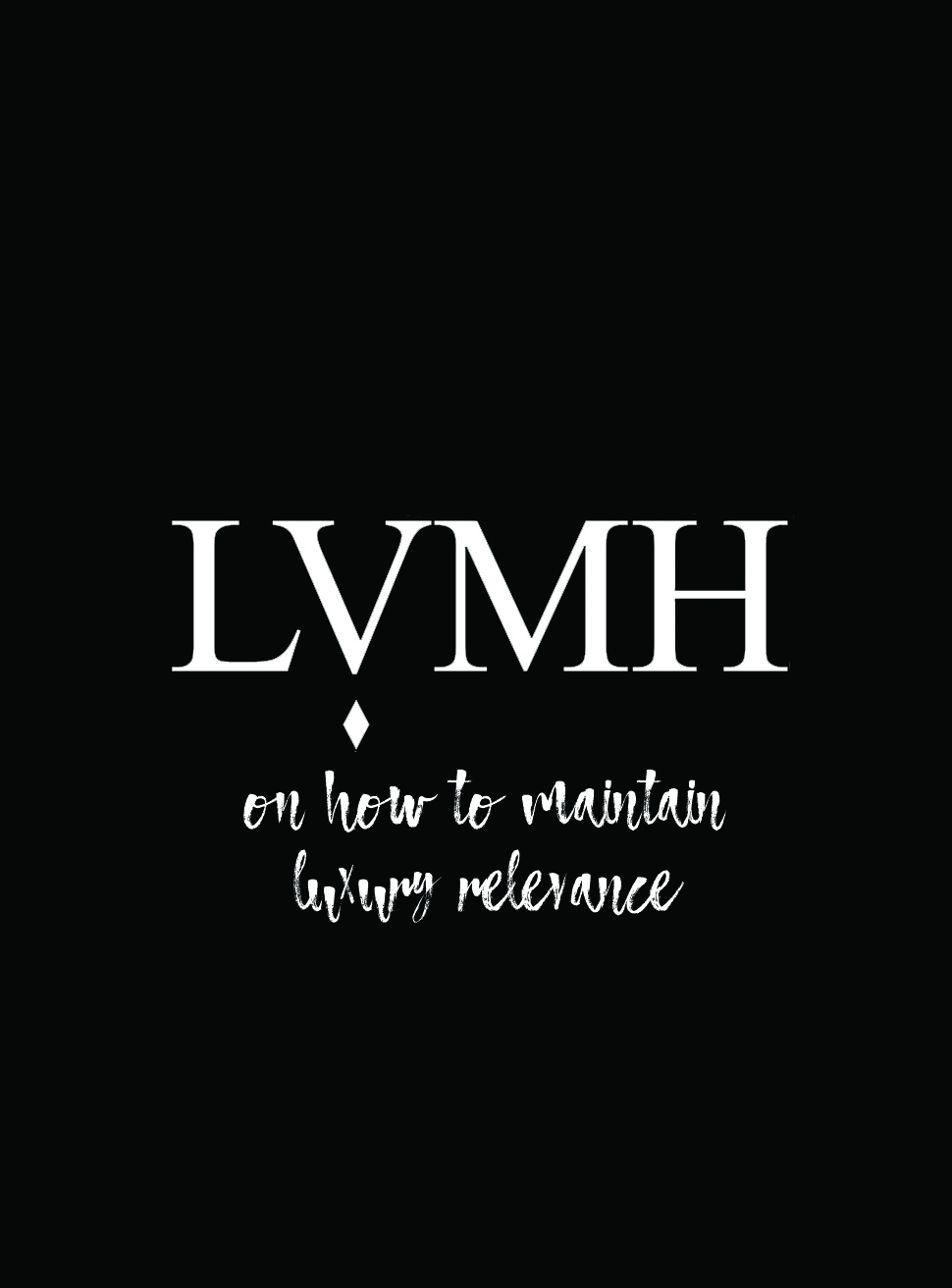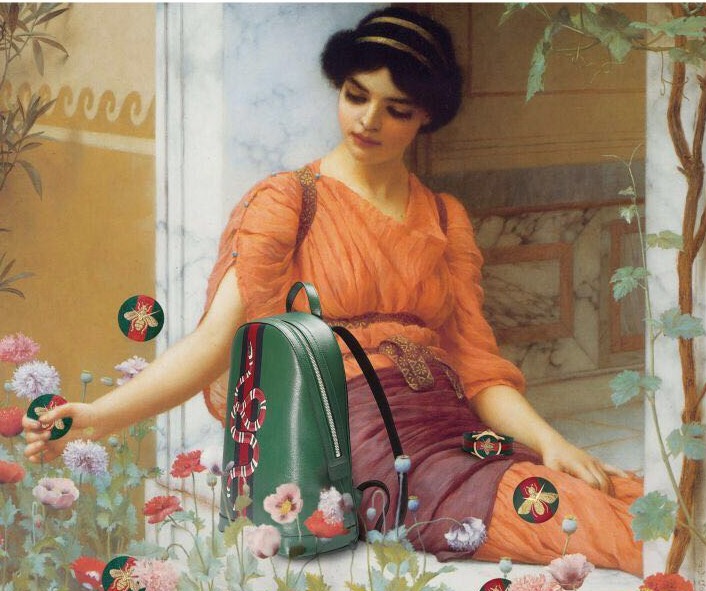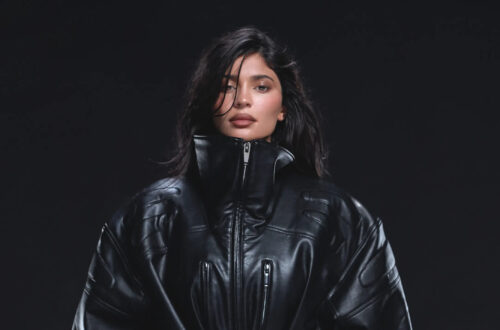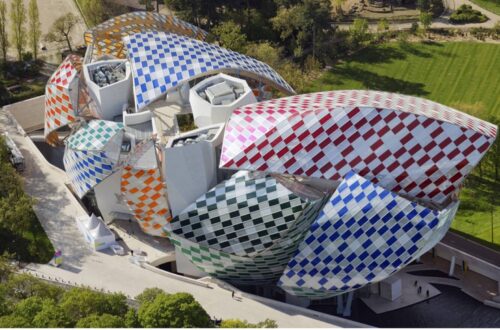From Audrey Hepburn in Breakfast at Tiffany’s, to ‘rocknrolla’ Bianca Jagger and it-girl Jane Birkin one word comes to mind: VINTAGE.
Vintage fashion has always been a point of inspiration, a source of reinvention for the fashion industry. Divided into decades or eras, vintage is always recurrent through some timeless and revolutionary big trends.

Surprisingly (or not), in the universe of fast-fashion, the vintage luxury fashion market is booming.
The reason?
Firstly, the prices of new products have gone up by at least 15% creating a drive to buy vintage. Secondly, vintage is outside the fashion cycle, it represents a personal, unique and bold statement against modern day artificial consumerism. It can also be seen as the reaction to the ‘It-bag’ everyone fashion aficionado has. The XXIst century came with a crave for authenticity, detail and high quality craftsmanship.
Yet, what do fashion experts categorize as vintage?
Now fashion is moving so fast that many not so old pieces are considered as collectibles. As many as 80% of Hermès bags sold by Christie’s are less than 5 years old. And yes, Christie’s is also selling luxury handbags. And so do other auction houses such as Sotheby’s and Heritage Auctions. Auction houses work on expanding their brand and fashion is a natural extension of art, the ultimate luxury item. Fifteen out of the nine hundred million made on Luxury objects come from bags. Moreover, luxury fashion is a ‘steadier bet’ than art, a sort of ‘low-end property’ that attracts one of the best demographics creating a multiplier effect. The fuchsia pink crocodile skin Birkin bag (price tag an extravagant $223,000 sold by Christie’s) buyer from Hong Kong is very likely to collect some exquisite wine bottles and multi-million post-war art pieces.
 Hermès Birkin Bag
Hermès Birkin Bag
Talking about Birkin bags, it is now considered as a better long-term investment than gold. It’s no wonder that Hermès represents 600 out of 950 luxury bags annually sold by Christie’s. The annual return on a Birkin is an astonishing 14.2% when the return on gold is -1.5%. However, a kind FYI: the price of a Birkin ranges from %11,000 to $300,000, due to scarcity (you’ll have to sign up to a 6 year-long waiting list), desire and the wide range of imitations.
 Image by WGACA
Image by WGACA
Indeed, multiple factors shape the digits of vintage luxury items price tags. It’s certain, age is crucial but not the only criteria. The wear is also important, ‘a unique patina showing that the bag was well-travelled but at the same time taken care of’ as specified by Matt Rubinger, the director of luxury accessories at Heritage Auctions. In other words, condition and rarity added to the initial price of the item form the price, adding a bonus in the case of dis-continued series, collaborations and so on.
 Fashionfile.com
Fashionfile.com
That said, luxury items are not merely sought for their return on investment. There are two other markets as well. On the one hand, the market of uniques, special commissions and one-offs craved by collectioners. In other words, post-recession collectors are back and they’re after rarities, turning from shoppers into collectors. On the other hand, is the market for classics for clients that cannot buy in-store. This market is composed by online luxury vintage stores like fashionphile.com and big physical stores such as WGACA, often located next to full-price rivals.
In the end, the magic of vintage and its drivers are a taste for fashion history, rarity, desire for uniqueness and investment (of the chicest kind).
by Daphne Doukidis

